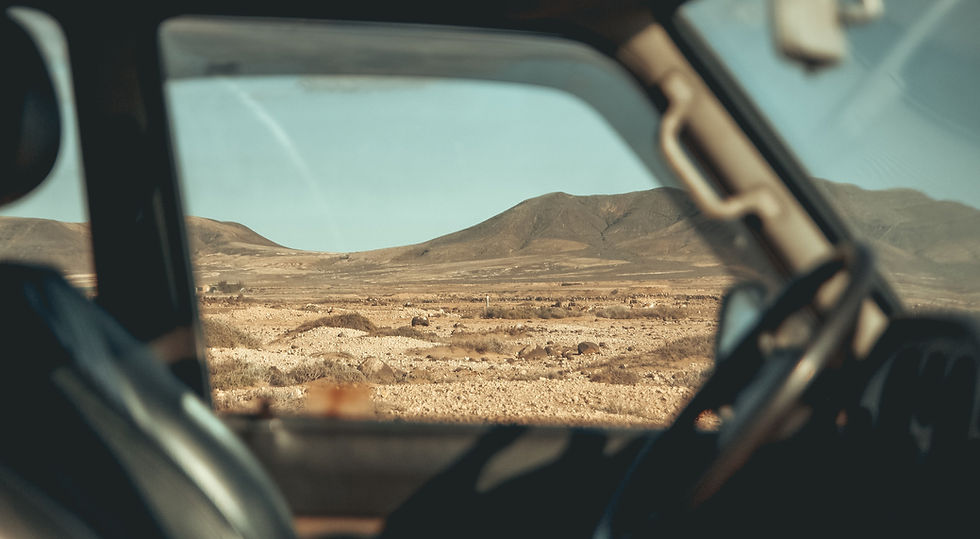Desert Tortoises and Solar Energy: Finding Balance in the Desert
- John Rejebian

- May 20
- 2 min read
As a project development engineer, my days are often spent reviewing calculations, site plans, and equipment specifications for solar installations in the desert. But there is one part of my job that goes beyond the technical aspects of renewable energy development: ensuring the protection of the desert tortoise.
These ancient reptiles have roamed the southwestern deserts for millions of years, their domed shells distinctive against the sparse landscape. Working in their habitat comes with great responsibility—one that our team takes seriously every day we are in the field.
Understanding Our Desert Neighbors
The desert tortoise (Gopherus agassizii) is listed as threatened under the Endangered Species Act. This protective status means that every solar project in their range requires careful planning and mitigation measures.
These tortoises spend up to 95% of their lives in underground burrows, emerging primarily during spring and fall when temperatures are moderate. Their slow movement and specialized habitats make them particularly vulnerable to habitat disturbance.
Our Protection Protocols
At Blended Power, protecting wildlife is not just a regulatory requirement—it's a core value. Here's how we integrate tortoise protection into every phase of our solar projects:
Pre-Development Surveys
Before breaking ground, we conduct thorough biological surveys. These surveys inform our site design, allowing us to avoid high-density tortoise areas when possible.
Exclusion Fencing
One of our first construction activities is installing specialized tortoise exclusion fencing. This fencing prevents tortoises from wandering into active construction zones. The fence is buried several inches below ground (as tortoises are surprisingly good diggers) and extends about two feet above ground.
Relocation Programs
Sometimes, despite our best planning efforts, tortoises are found within our development areas. When this happens, we work with wildlife experts to carefully relocate them to suitable habitats nearby. Each tortoise is given a health assessment before and after relocation, and some may be fitted with radio transmitters to monitor their adaptation to their new location.
Biological Monitors
Trained professionals conduct morning sweeps before work begins and monitor equipment operation throughout the day. They have the authority to halt construction if a tortoise is spotted near work areas.
Modified Construction Techniques
We are able to adapt many of our construction methods to minimize impact. For example, we may use elevated mounting systems that require minimal grading, preserving more of the natural desert floor. We can also utilize specialized equipment with lighter ground pressure to reduce soil compaction when necessary.
Culvert Crossings
Once our solar installations are operational, we incorporate wildlife-friendly features like culvert crossings under access roads. These passages allow tortoises to move through their habitat without the risk of vehicle encounters.
Join Our Mission
At Blended Power, we believe renewable energy development and wildlife conservation can go hand-in-hand. We're always looking for partners who share this vision—whether you're a landowner interested in hosting a solar installation, a conservation organization with innovative protection ideas, or a potential client who prioritizes environmentally responsible energy.
If you're interested in learning more about our solar development services, reach out to the Blended Power team. Together, we can create a future where clean energy powers our communities while preserving the natural treasures of our deserts.




